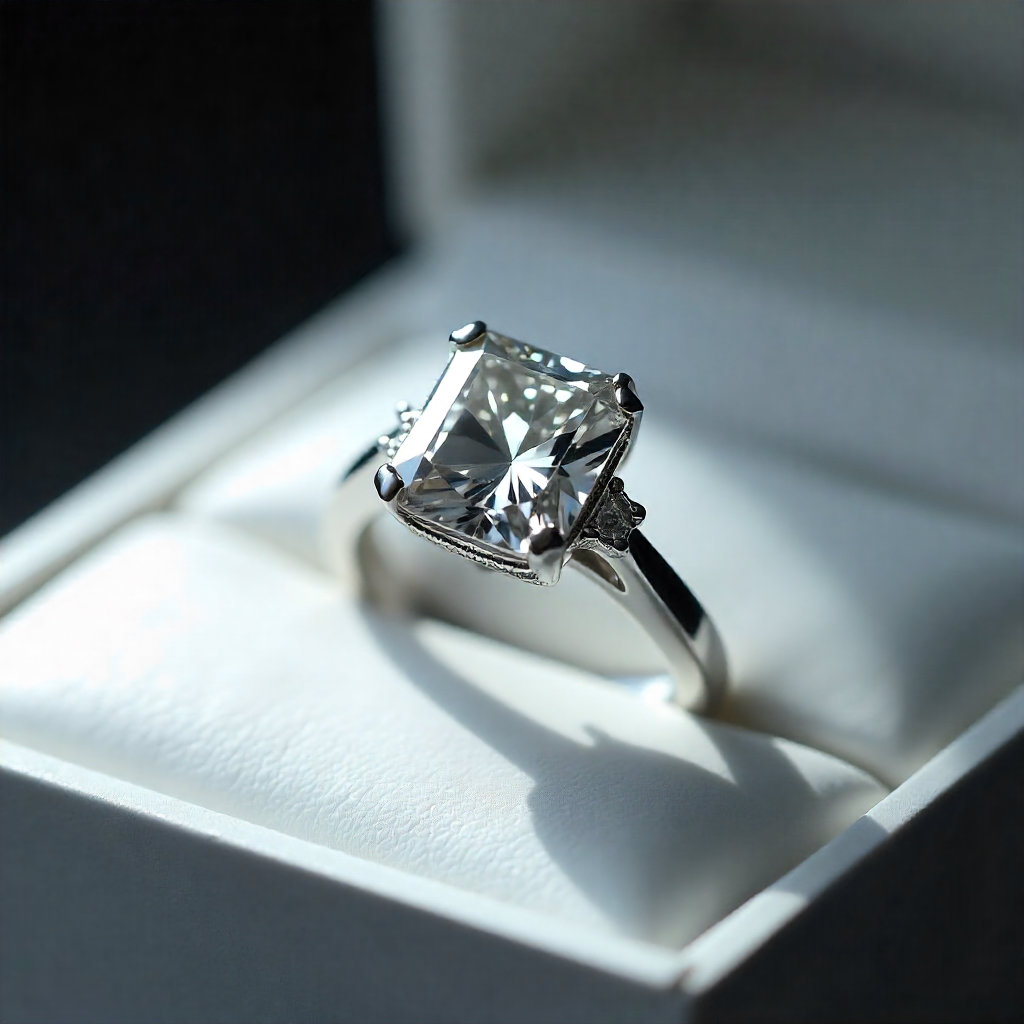Ring Size Guide: Finding the Perfect Fit
Published on August 7, 2025By Reimagine Health
Why Ring Size Matters
Choosing the right ring size ensures comfort, security, and peace of mind—especially for engagement rings and other pieces you plan to wear every day.
A ring that is too tight can impede circulation, while one that is too loose risks slipping off during day-to-day activities.
Measuring at Home
Most people find success with the string-or-paper method: wrap a thin strip around the intended finger, mark the overlap, then measure the length and compare it to a size chart.
For best results, measure at the end of the day when your hands are warm. Cold temperatures can cause your fingers to shrink slightly, leading to inaccurate measurements.
Common Sizing Mistakes
Temperature, time of day, pregnancy, and even salty food can cause fingers to swell or shrink. Always take multiple measurements to ensure consistency.
If you are between sizes, we recommend sizing up by a quarter or half size. A slightly looser ring is safer and can be adjusted by a jeweller later.
International Conversion Charts
International conversions can be confusing—use our handy chart to translate between US, UK, EU, and Asian sizing systems. Remember that half and quarter sizes do not exist in every region.
Impact of Band Width
Band width affects fit: wider bands feel tighter because they cover more surface area, so many customers go up a half size for rings 6 mm and wider.